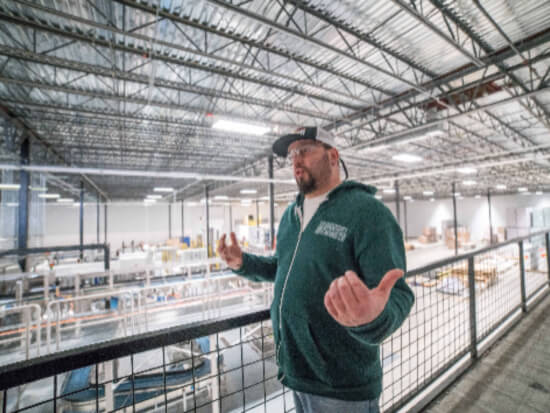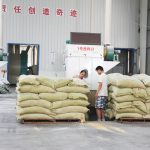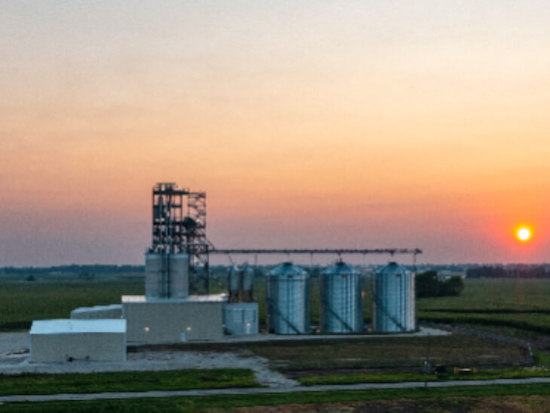A feed mixer is a mechanical device used to uniformly mix different feed ingredients and additives. It is an important link in the feed processing process. There are two main mixing principles of feed mixers: mechanical mixing and gravity mixing. Mechanical mixing uses the stirring device inside the mixer to cause the materials to move relative in space through rotation, cutting, turning, etc., so as to achieve the purpose of uniform mixing.
Gravity mixing uses the free falling motion of materials inside the mixer to cause materials to penetrate each other under the action of gravity through collision, friction, diffusion, etc., thereby achieving the purpose of uniform mixing.
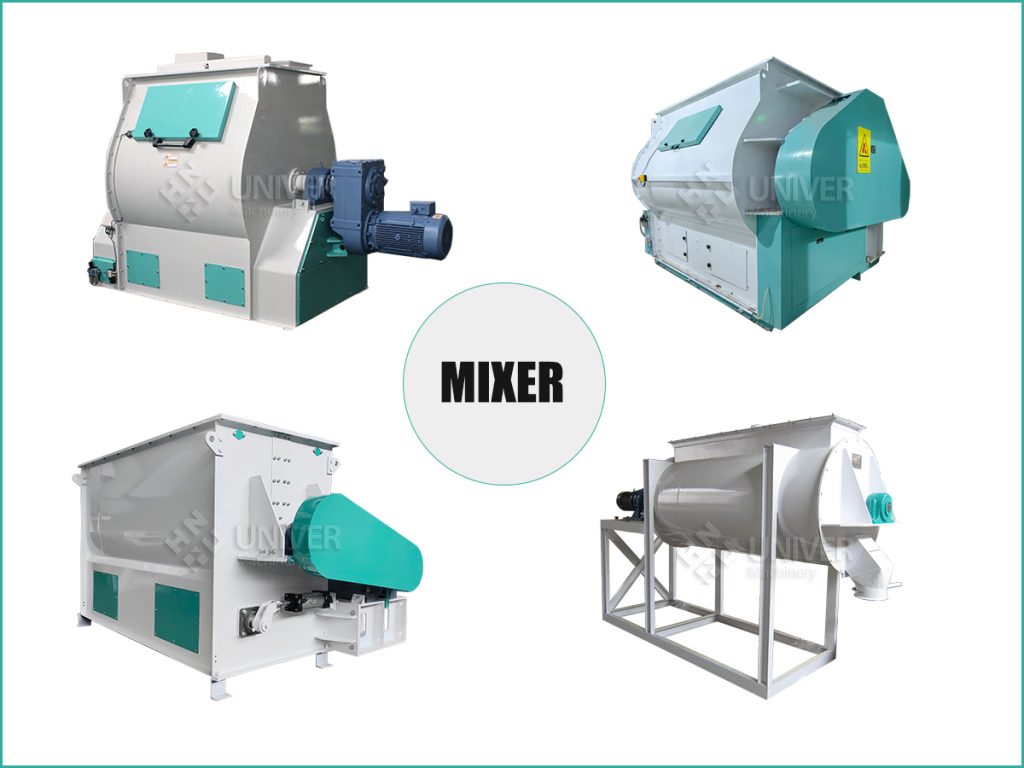
The main advantages of the feed mixer are as follows:
1. Improve feed quality.
The feed mixer can fully integrate different feed raw materials and additives, ensure the balanced distribution of various nutrients in the feed, improve the nutritional value and digestion and absorption rate of the feed, thereby improving the production performance and health level of animals.
2. Improve production efficiency.
The feed mixer can perform fast, accurate and continuous mixing operations according to different feed formulas and needs, saving manpower, material resources and time, and improving production efficiency and economic benefits.
3. Reduce production costs.
The feed mixer can flexibly adjust the feed formula according to market prices and nutritional needs, use low-priced raw materials to replace high-priced raw materials, and reduce feed costs. At the same time, the feed mixer can also reduce material loss and pollution, reduce production risks and environmental pressure.
4. Adapt to diverse needs.
The feed mixer can carry out a variety of feed formulas and mixing methods according to different animal species, growth stages, seasonal changes and other factors to meet different feeding goals and conditions.
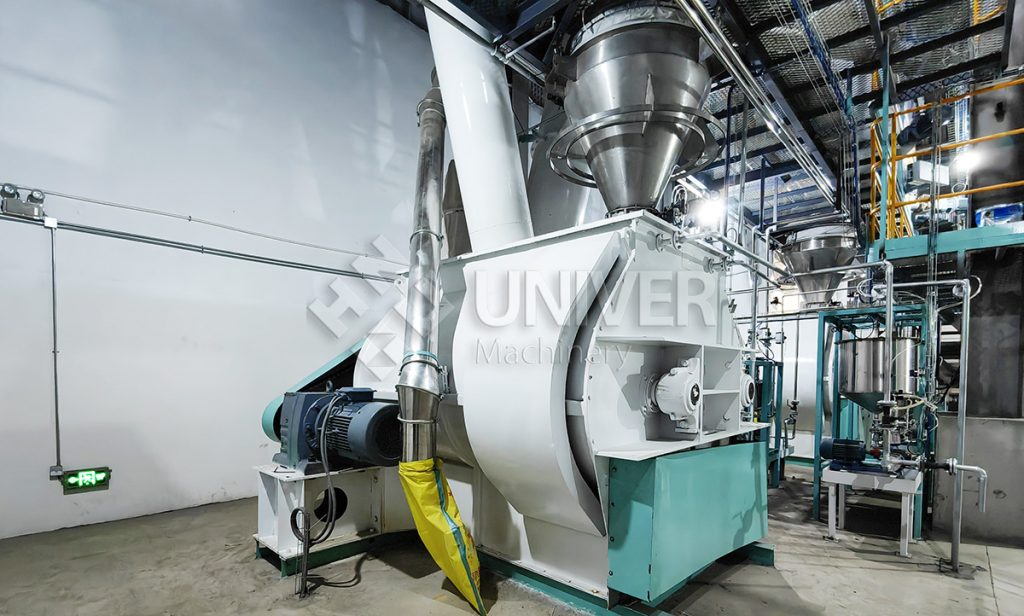
In summary, the feed mixer is an efficient, economical and practical feed processing equipment, which plays an important role in improving feed quality, reducing production costs, and adapting to diversified needs.


